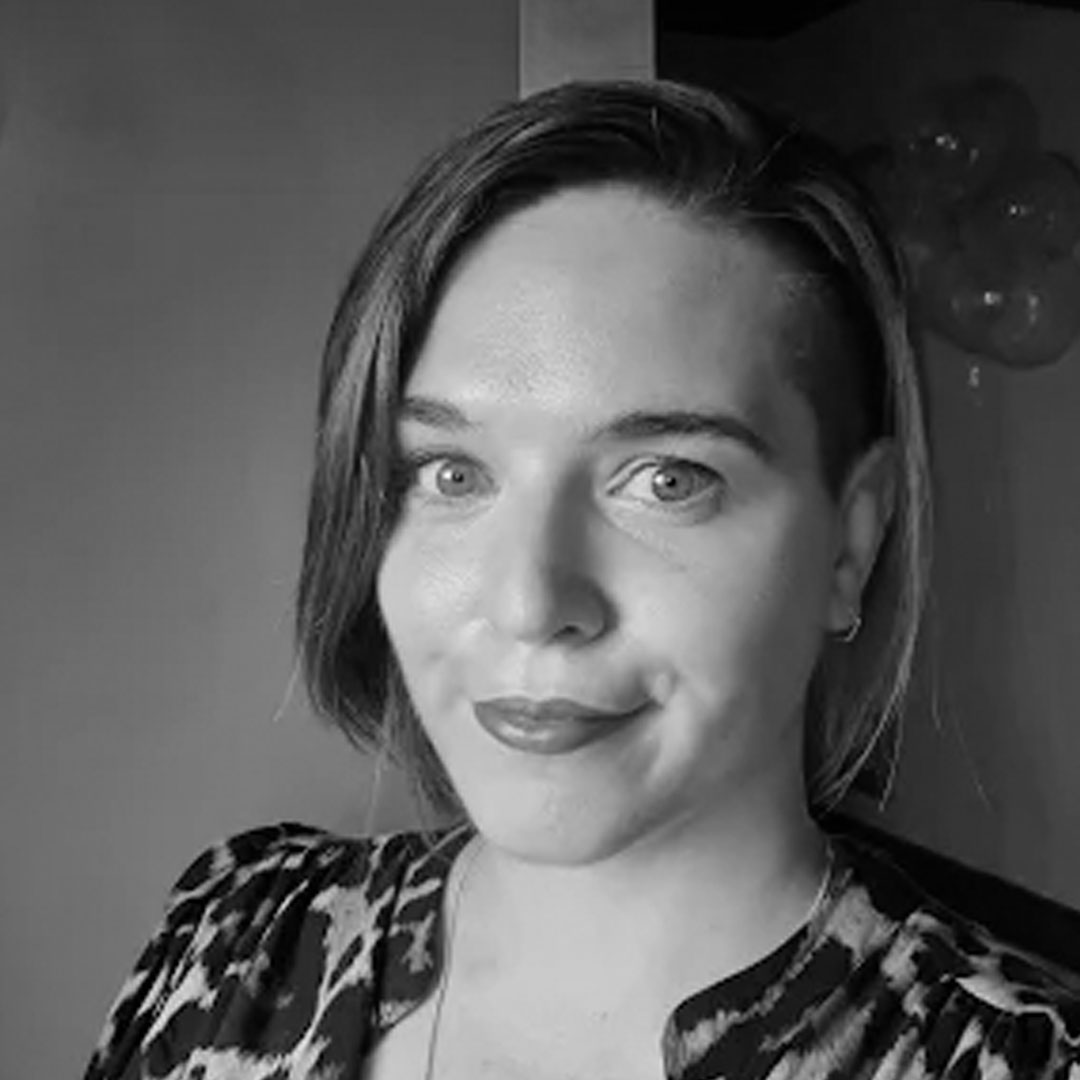Okay, so you’ve got a killer idea for a game but have no idea where to start. Or maybe you have a vague idea, but the sheer volume of things to consider makes going beyond your initial idea seem overwhelming and stops you from getting past the first steps in creating something amazing. To help you get over the first hurdle, we asked developers of the best indie games for practical advice on getting started. Let's not sugarcoat this: there's no shortcut to success - or even a guarantee your game will get finished - but one thing that resounded above all else, is that there’s never been a better time to turn your ideas into reality. This article is only the start of a long and potentially life-changing journey if you're prepared to work hard (like, really, really, hard) and leave your preconceptions behind.
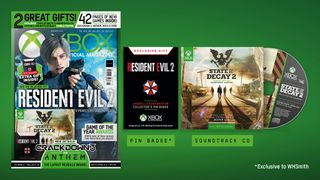
Subscribe to Official Xbox Magazine in print or digital for more in-depth features, reviews and previews about Xbox One, Xbox One X and the future of Microsoft's console.
“You need to know just how much you don’t know,” explains Cuphead art director Chad Moldenhauer. “You don’t know how much things are really going to cost, you don’t know how long things are really going to take to develop. You don’t really know how interrelated art, programming and design are, and how time and money limitations on one will cause compromise on the other two. Once you know that you don’t know these things, you’ll realise that your scope and time scale plans are wrong and you’ll be more realistic with what you can do.”
You also need to be doing it for the right reasons. If you’re thinking of doing it for the money, you’re going to be hugely disappointed. “Making indie games isn’t lucrative for everyone, and it’s quite a bit more stressful than many other occupations,” says Ooblets developer Ben Wasser. “An office job is a typically easier, safer, and higher-paying career path. I’d still personally prefer to make indie games, but people shouldn’t be under false impressions when they jump in.”
I've got an idea… where do I begin?

With that clearly in mind, the next thing you need to do is take your idea and decide on which game engine you’ll use. There are plenty to choose from, such as Gamemaker Studio 2, Unreal engine or Unity to name but a few. Each allow you to do different things and all have free versions so you can play around with them and see which one best suits the game you’re trying to make. Unity is the most popular among indie devs as it works well with both 2D and 3D games. However, it does require you to learn coding. But thankfully there’s a solution for that, too. “There are so many amazing people taking the time to teach others for free,” says The Last Night developer Tim Soret. “Watch the GDC talks, YouTube videos, read 80.lv, Gamasutra articles. You will learn a ton, even if you don’t get it 100% for a long time.” Following tutorials is a great way to ease your way in and applies to any other discipline within game development.
- What is a game engine? We reveal the best software tools for developers
Once you have your engine the real fun begins. “The best way to get started is to just start making your first simple game,” says Moldenhauer. “If you’re a programmer, start building a core prototype for the gameplay. If you’re an artist, start creating usable assets for the game. If you’re a designer, start doing level layouts and specific gameplay concepts. If you’re a writer, start writing the script. Once you start, you’ll see where your gaps in knowledge are and then you can start trying to fill them in.” The key is to just start filling your game with something, anything.
“If art isn’t your forte, you can look at hiring your own artist"
“There are a ton of incredible artists you can find on Twitter, Tumblr, ArtStation and Dribbble that you can hire freelance or full- time,” says Wasser. “There’s also a lot of stuff on the Unity Asset Store, which is good for testing out ideas.” But if you’re feeling extra confident you may want to do this yourself. “If art isn’t your forte, you can look at hiring your own artist,” says Chucklefish artist Lu Nascimento. “But if you’re interested in making pixel art assets yourself there’s loads of tutorials in forums, medium articles, YouTube and even Twitter you can check out.” This is perfect if you’re unable to hire anyone to help, which will be most people when first starting out.
Be careful not to get ahead of yourself. “Avoid developing high quality art assets before the core of the game feels right,” says Moldenhauer. “Get your game playing as close as possible to what you want the final game to feel like before making it pretty. If you’re putting a lot of work into art while the game is still in flux, you’re going to end up throwing out a lot of expensive work when the core changes. Or even worse, you’ll live with sub- standard gameplay because you don’t want to waste the art that was created for it.”
Technical skills alone might not be enough
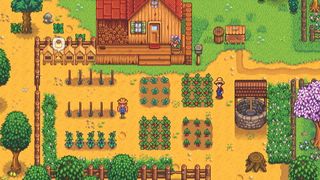
“Besides the technical development skills, there are soft skills – planning, teamwork, and so on,” says Chucklefish programmer Tom Coxon. “Game jams are a great way to practise these, particularly if they are team-based, or impose thematic or time-related constraints.” Whatever you decide to make, finish it. It sounds obvious but it’s no secret that the majority of people who start making games don’t actually finish them. The chances are the first game that you create won’t be a good one, but the point is to learn how to finish a project and move on. You’ll learn much about game development by making more games.
To help yourself, set your own deadlines and try to achieve something every day, no matter how small. It’s easy to get caught up in the development of your game but time management is important and when done well it can improve productivity and motivation. “We use task management apps like Trello and Notion, to divide workload into manageable chunks, and keep visibility of each other’s tasks between team members,” says Chucklefish marketing strategist Katy Ellis. “It’s really useful to have a very visual to- do list, which you can link working assets and documents to, and super satisfying to drag that task into the Complete section at the end of the day.”
It's not just what you do… but what you don't
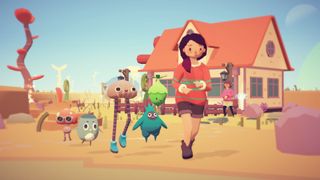
People always talk about the things you should do, but there are plenty of things you shouldn’t do. “Ignoring the business side of game development is a common mistake,” says Chucklefish producer Rosie Ball. “It may seem like a hassle when all you want to do is think about your amazing game idea, but having a few important processes in place such as a business plan, contracts between team members and documented roles and responsibilities within the team can help avoid major headaches further down the line, especially if the game becomes a success.” “Don’t follow trends and avoid crowded genres,” says Soret. “There are dozens of genres that are nearly abandoned today, and dozens of audiences starving for more content. Just look at the diversity of games [in the past], you will see many of these niches to fill. Choose one, and take it to new heights with modern physics, visuals and storytelling.” “Avoid being quiet,” says Wasser. “Share your work, talk to your audience, be open.
"The biggest challenge is dealing with the massive workload and seeing it through to the end"
Try not to bite off more than you can chew.” Get involved with as many indie game communities as you possibly can. Many people are bumping into the same problems as you and gaining their insight is invaluable. It’s also a chance for you to help others by sharing your knowledge, too. As mentioned before, this will not be smooth sailing, and all the way through development you’ll come across different challenges.
“The biggest challenge is dealing with the massive workload and seeing it through to the end,” says Moldenhauer. “Once you get over the initial hump, it’s exhilarating building out your game, being creative and solving problems as you go. That excitement and pride of creation can push you for a long time, but game development is so much longer than that. When you’re squashing your thousandth bug on a sub-menu system that only a fraction of your possibly non-existent audience may ever see, it can be really difficult to press on.”
What software can help me get started?
- Unity - Game Engine
You can choose any other engine, but Unity is possibly the most popular engine for indie developers. It’ll allow you to create both 2D and 3D games and offers a wide range of tools and features. - Gimp - Art Program
This is a great piece of high quality software which does a similar job to Adobe Photoshop and will allow you to painlessly create your own textures, backgrounds or 2D sprites. - Blender - 3D Modeller
If you’re looking to create a 3D game or a game with 3D elements then this software, initially released 20 years ago, will allow you to not only make 3D models but animate them too. - LMMS - Music Creator
This will allow you to create your own music and sound effects that you can import into Unity. You don’t even need a keyboard but you will need the appropriate hardware. - Wwise - Audio Program
This software, which is highly accessible, is utilised in many successful games and is used to manipulate audio. For example you can simulate audio environments and mix tracks in real-time.
It's tiring… and you need to get your game noticed
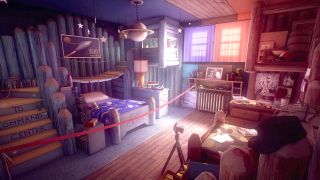
“I think most developers struggle to get noticed among the mass of games being produced,” says Soret. “You have to find an original angle, to offer something different. The other very tough part is that to make a game, you don’t just make a game. You start a company, you create a team, then you make a game. These three tasks are massive and interdependent. You have to get your hands dirty in every aspect of production, and you have to get good at it. It’s a lot to take on your shoulders. It’s tiring and overwhelming, but it’s also exciting in the sense that you can never be bored, there is always something new and interesting to work on.”
This is something you can use to your advantage to gain visibility. “Don’t shy away from your development story,” explains Chucklefish product manager Tom Katkus. “One of the best things about indie games is that players get to know who’s making their games. This is great for getting players interested in your project, but you can use that same accessibility to get a publisher to know who you are.”
Read the small print when signing contracts
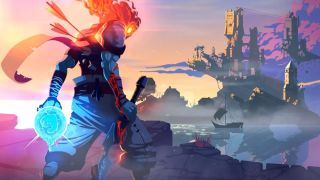
Of course having a publisher is super handy but if you’re making yourself visible in all the right ways, you may not even need one. That being said, if you end up finding yourself with a publishing opportunity, being prepared will help you in the long run. “Never give up your IP and make sure you have an exit door in the contract in case development goes wrong,” says Soret. “Also, consider looking for investors to take a stake in your company, rather than just going for publishers. Publishers are interested in the project they signed, while investors focus on growing your studio and long-term sustainability. It’s a different world, it’s intimidating, but it might be worth it.”
“With any business relationship, what’s specifically in the contract is more important than anything anyone says,” explains Wasser. “A lot of developers don’t really value, understand, or want to be bothered with the specifics of contracts, since they’re sort of antithetical to the creative process, but it can seriously bite them later. If it’s an important agreement, get a lawyer to go over it. Also, everything is negotiable.”
"The ID@ Xbox program is a great way of doing this [making games for Xbox One]. Developers accepted into it will obtain two free development kits and access to the system’s architecture."
Once you’ve earned your development chops by finishing projects you may want to develop games for the Xbox One. The ID@ Xbox program is a great way of doing this. Developers accepted into it will obtain two free development kits and access to the system’s architecture, so you can support your game with things like achievements.
The indie game world is scary but every indie developer is rooting for you. “One of the good things about the game industry right now is that outsiders with limited resources can play at the same table as the big entrenched players with millions/billions of dollars,” says Wasser. “There’s always going to be a disadvantage to indies, but it’s still better than the situation in most industries.”

